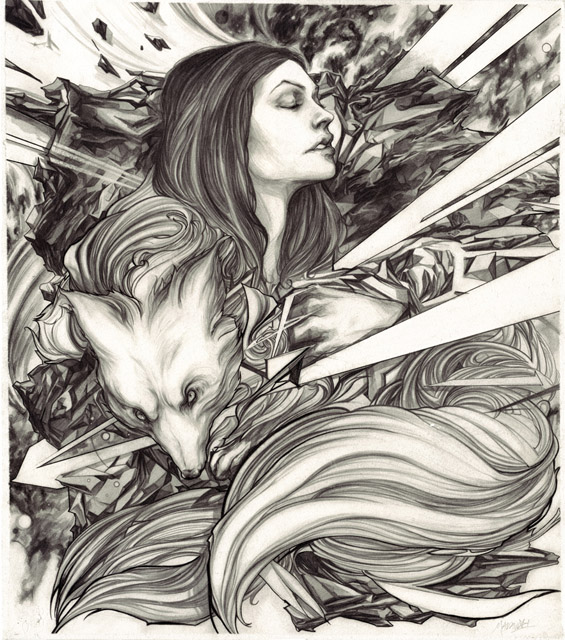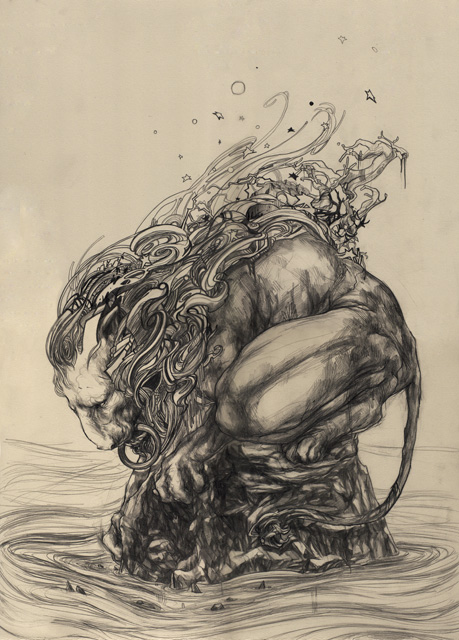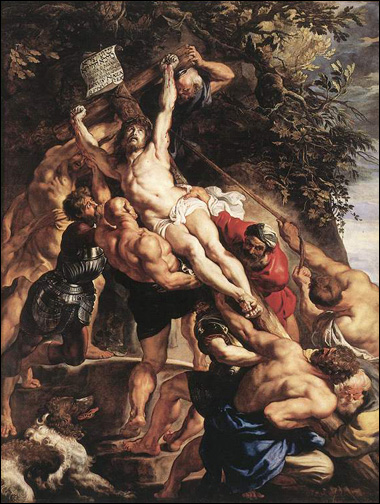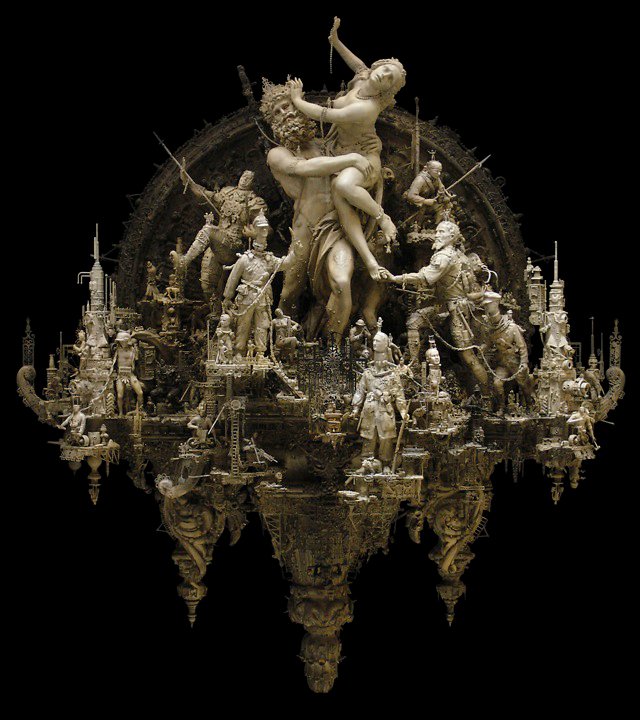Contemporary artist Alice Neel was a "portrait" painter whose focus was on the psychology of the sitter rather than on creating an emotionally charged representation. To this extent, her work did not aim to accurately represent the physical figure as it appears. Instead, her goal was to represent the human being as a whole; one's character, weaknesses, and ego. Despite the inherent difficulties resulting from living on welfare, losing a child, and multiple nervous breakdowns, she remained steadfast in her dedication to creating artwork. A lifetime of hard work earned her the National Women’s Caucus for Art award for outstanding achievement. She passed away in 1984.
I find many inspirational qualities in her work; even more so in her dedication to it. First and foremost, however, her portraits synthesize detail and simplicity so that the personality of the sitter is the focus and all distractions from attaining a notion of that personality are eliminated. A brief glance at any of her works will illustrate that only the vital details of defining the character of the sitter are present. Her selection process is deliberate and it works to focus the viewer's attention in all the right places. The second-most influential quality I find in her work is the sheer dedication to its creation that she demonstrated. Despite her difficult background, she placed art as her priority and it payed off in the end. Overall, she serves as an excellent artistic influence.







































